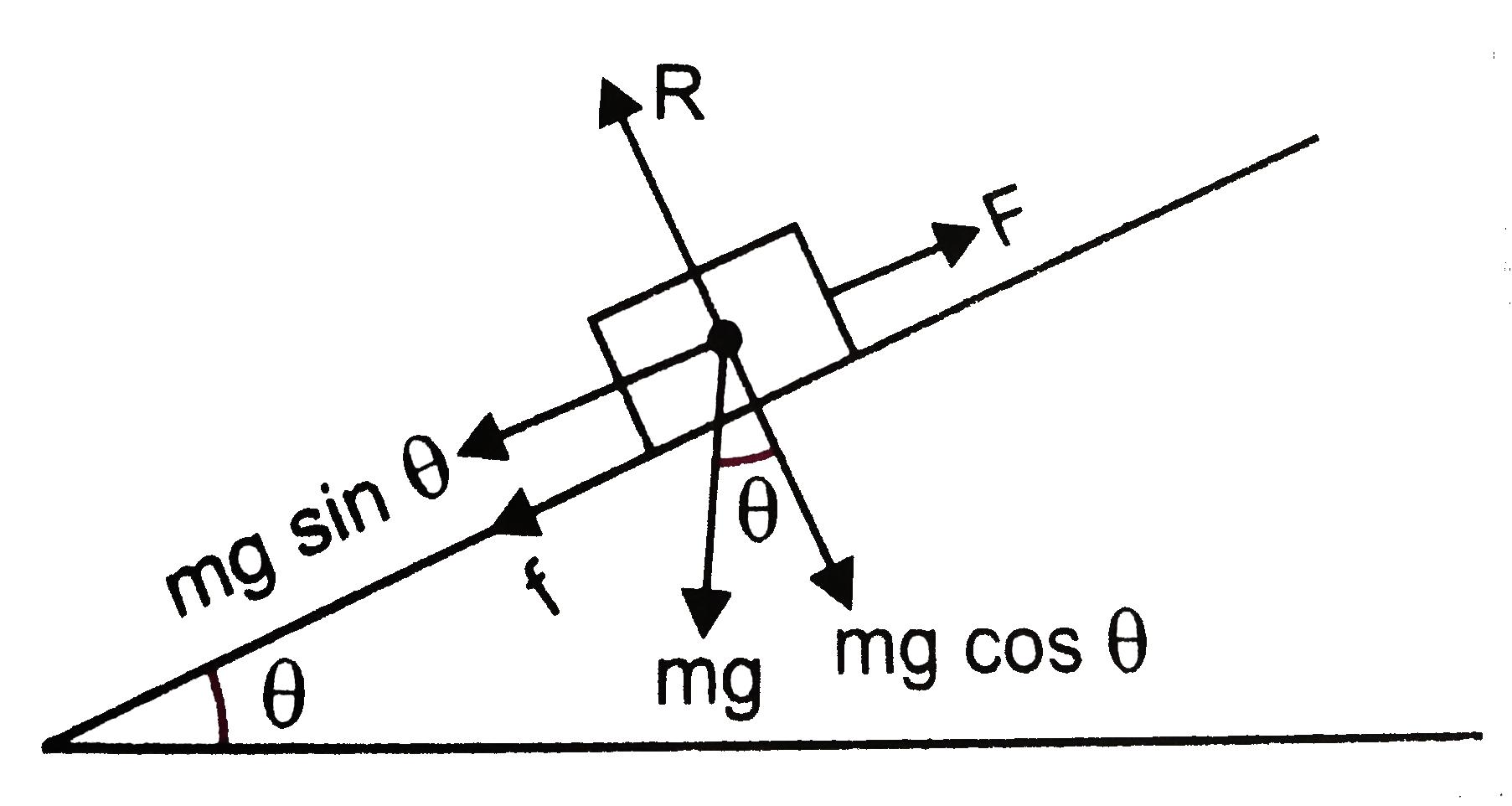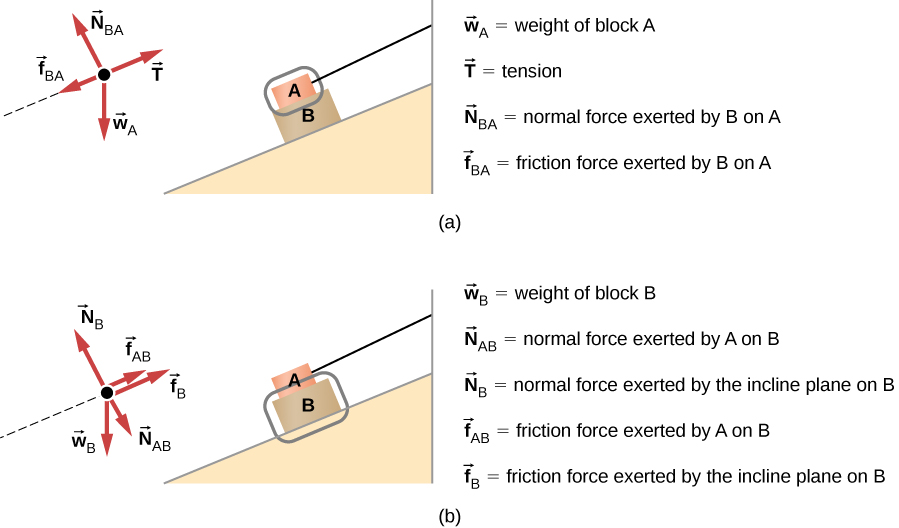An inclined plane rises 1 in 10 if the length of the inclined plane is
Table of Contents
Table of Contents
If you’re a student who’s struggled with physics, you’re not alone. Inclined planes can be especially tricky, and drawing free body diagrams only adds to the confusion. But fear not, with a little guidance, you can master this important skill.
When first learning how to draw free body diagrams for inclined planes, many students struggle with understanding the concept and knowing where to start. It can be overwhelming to look at a diagram and know how to accurately depict the forces acting on an object on an inclined plane.
The first step to drawing a free body diagram for an inclined plane is to identify all the forces acting on the object. This includes gravity, the normal force, and any frictional forces. Once you’ve identified all the forces, you’ll start drawing arrows to represent each force, with the force’s magnitude and direction. This may seem simple, but there are a few key things to keep in mind.
Remember to draw your arrows accurately based on the known angles and measurements of the inclined plane. Also, choose a coordinate system that makes sense for the problem at hand, and stick to it throughout the entire problem.
My Personal Experience with Drawing Free Body Diagrams for Inclined Planes
When I was first learning about inclined planes in my physics class, I felt incredibly overwhelmed. Drawing free body diagrams felt like trying to decipher a foreign language.
But with practice and guidance from my teacher, I eventually got the hang of it. What helped me the most was breaking down each force and really understanding what it represented. Once I could accurately identify each force, drawing the arrows became easier.
Tips for Successfully Drawing Free Body Diagrams for Inclined Planes
One of the most important tips for successfully drawing free body diagrams for inclined planes is to practice. The more you practice, the more comfortable you’ll become with identifying and drawing each force.
Another helpful tip is to use diagrams and images as a guide. There are plenty of resources online that provide visual aids to help you better understand inclined planes and how to draw free body diagrams.
Understanding Frictional Forces on an Inclined Plane
One force that can be particularly tricky to understand on an inclined plane is friction. Depending on the problem, frictional forces can act in different directions and have different magnitudes. It’s important to carefully read and re-read the problem to accurately depict the frictional force in your free body diagram.
Calculating the Net Force on an Inclined Plane
Once you’ve accurately depicted all the forces acting on an object on an inclined plane, the next step is to calculate the net force. This can be done by summing up all the forces in the x direction and all the forces in the y direction. If the net force is equal to zero, then the object is either at rest or moving at a constant speed. If the net force is non-zero, then the object is accelerating.
Question and Answer Section
Q: Can you explain what a free body diagram is?
A: A free body diagram is a visual representation of all the forces acting on an object. These forces are depicted as arrows, with the arrow’s direction pointing in the direction of the force, and the arrow’s length representing the force’s magnitude.
Q: Why is it important to draw free body diagrams for inclined planes?
A: Drawing free body diagrams for inclined planes is important because it allows you to accurately identify all the forces acting on an object. This, in turn, allows you to calculate the net force and determine whether the object is at rest, moving at a constant speed, or accelerating.
Q: What is the normal force on an inclined plane?
A: The normal force on an inclined plane is the force that acts perpendicular to the surface of the plane. It’s equal in magnitude to the force of gravity acting on the object.
Q: How do I know which direction to draw the force arrows on an inclined plane?
A: The direction of the force arrows on an inclined plane depends on the direction of the force. Gravity, for example, always acts downwards, so the arrow representing gravity would point downwards. The normal force always acts perpendicular to the plane, so its arrow would point upwards.
Conclusion of How to Draw Free Body Diagrams for Inclined Planes
Drawing free body diagrams for inclined planes can feel overwhelming at first, but with practice and patience, it can become second nature. Remember to accurately identify all the forces acting on the object, draw the arrows with the correct magnitude and direction, and always double-check your work to ensure accuracy. With these tips in mind, you’ll be drawing free body diagrams for inclined planes like a pro in no time.
Gallery
Force Diagram - Google Search | Body Diagram, Diagram Design, Basic Physics

Photo Credit by: bing.com / diagram physics body force freebody diagrams block angles ramp mechanics deduce problems slope equivalent forces draw drawing motion formula mass
An Inclined Plane Rises 1 In 10. If The Length Of The Inclined Plane Is

Photo Credit by: bing.com / inclined calculate above
5.7 Drawing Free-Body Diagrams – University Physics Volume 1

Photo Credit by: bing.com / diagrams draw sled forces direction horizontal clipartart labeled hoist degrees trineo
5.7 Drawing Free-Body Diagrams – University Physics Volume 1

Photo Credit by: bing.com / diagram erd friction inclined plane incline tension slope magnitude particle exerted same parallel represented pointing vertically
Forces Acting On An Object On An Inclined Plane Are Shown In Fig 3

Photo Credit by: bing.com / physics inclined force incline friction oocities solve question cloudshareinfo erinnerung physik kinematics perpendicular





